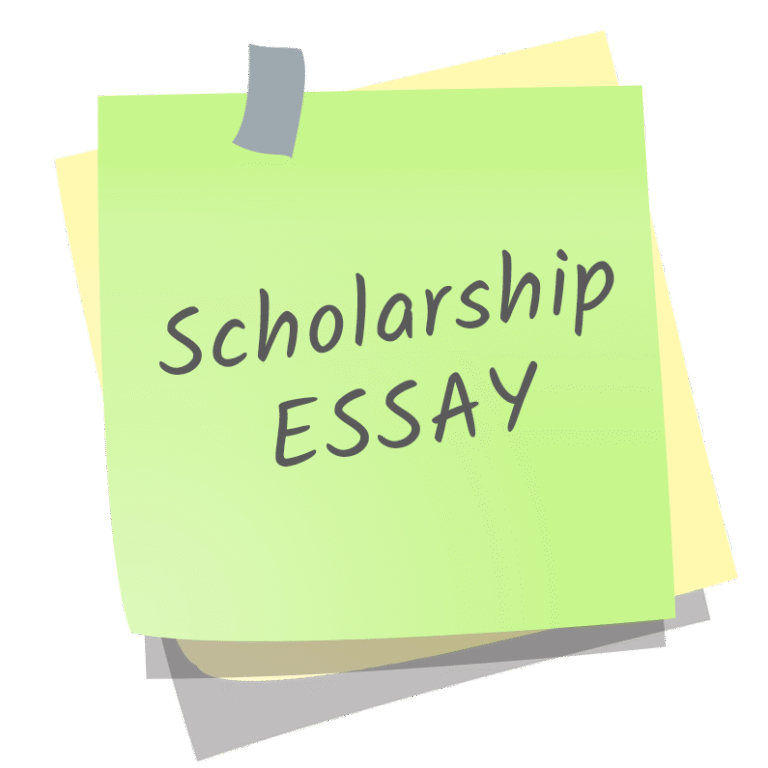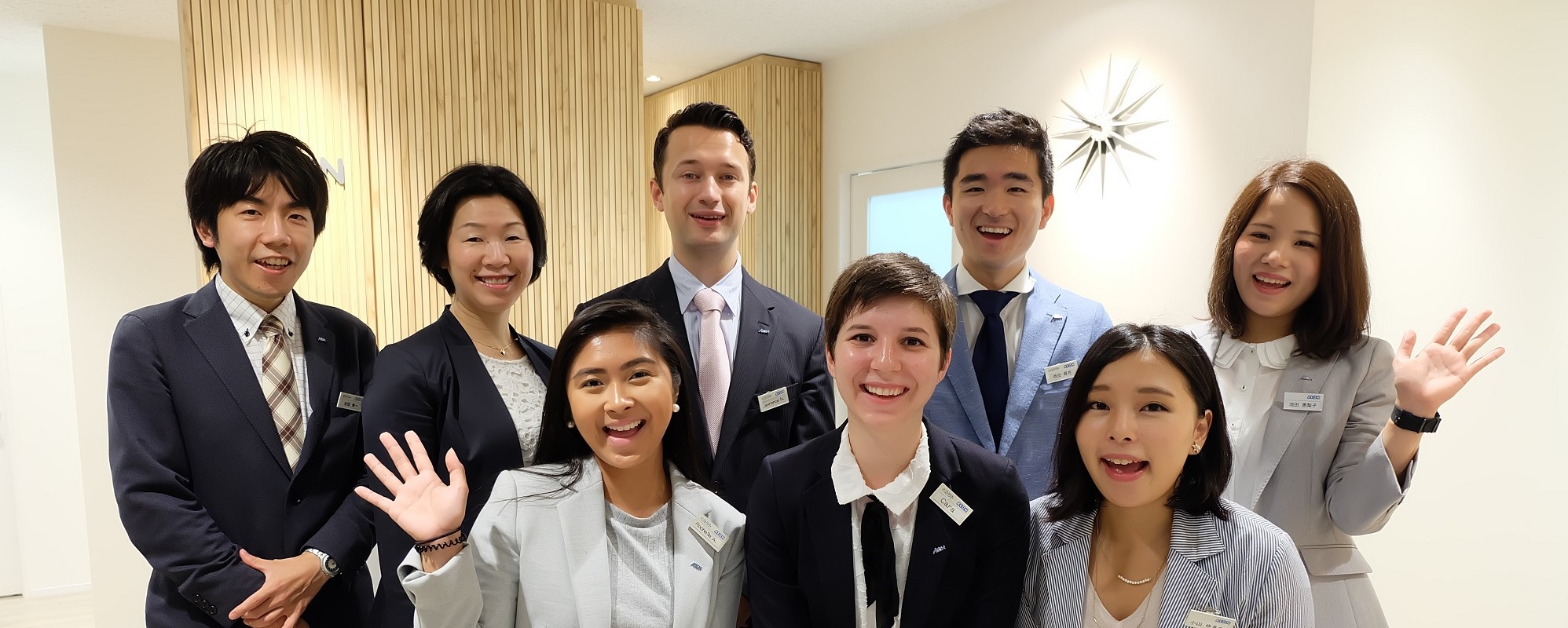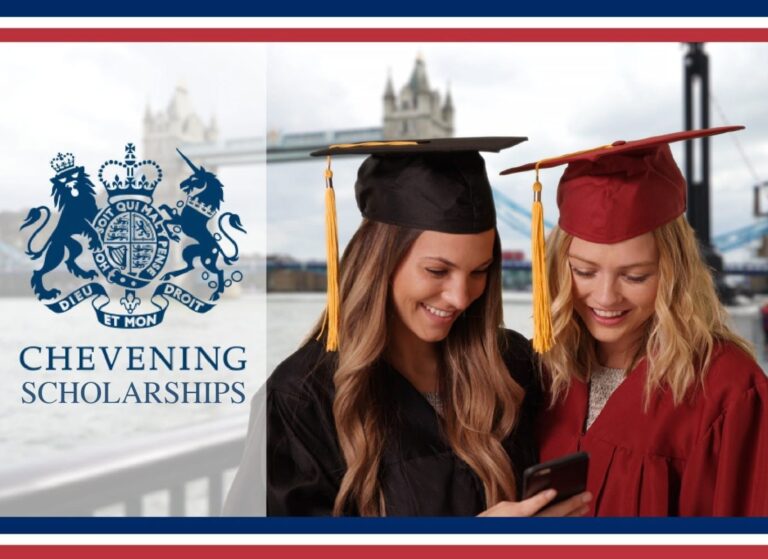Ready to immerse yourself in an unparalleled Master’s program at Peking University—no tuition, no living‐cost worries, while you explore China’s rich heritage? The Yenching Academy Scholarship 2025 delivers exactly that. This comprehensive guide walks you through everything you need to know—benefits, eligibility, step‑by‑step application tips, timelines, funding breakdown, and actionable insights—to help you seize this life‑changing opportunity.

What Is the Yenching Academy Scholarship?
The Yenching Academy—Peking University’s flagship interdisciplinary graduate program—selects ~120 outstanding young leaders globally each year for a two‑year fully funded Master’s in China Studies. Inspired by traditional Shūyuàn academies and modeled on programs like the Rhodes and Schwarzman scholarships, it aims “to cultivate leaders who will advocate for global progress and cultural understanding.”
Key features at a glance:
- Program: Master of Law, Economics, History, Literature or Philosophy in China Studies
- Duration: 2 academic years (September — July)
- Language: English (Chinese-language courses integrated)
- Cohorts: ~120 scholars representing 30+ countries
- Campus: Purpose-built residential college within Peking University’s historic Yenching yuan
Learn more on the official Yenching Academy admissions page.
Why Choose a Fully Funded Scholarship in China?
Securing a fully funded scholarship abroad can be daunting. Here’s why the Yenching Academy stands out among high‑CPC, high‑impact opportunities:
- Zero Financial Burden
- Full coverage: tuition, accommodation, living stipend, airfare, field study expenses
- Focus entirely on academics, research, and cultural immersion
- Elite Global Network
- Collaborate with top peers from Harvard, Oxford, Stanford, and universities worldwide
- Access Peking University’s alumni network across academia, government, finance, and tech
- Interdisciplinary, Tailor‐Made Curriculum
- Choose from six concentrations (e.g., Public Policy & International Relations, Literature & Culture)
- Customize coursework to align with your career aspirations
- Beijing Advantage
- Study at one of China’s oldest and most prestigious universities
- Intern and conduct field research in China’s political, economic, and cultural hub
- Leadership Development
- Workshops, mentorships, and community engagement projects designed to sharpen soft skills
- Prepare for high‑impact careers in diplomacy, NGOs, academia, or international business
Tip: Emphasize how this scholarship positions you to bridge East–West thought and policy—an increasingly valuable global skill.
Scholarship Coverage & Benefits
To help you visualize the full value, here’s a breakdown of what the Yenching Academy Scholarship covers:
| Benefit | Details |
|---|---|
| Tuition & Fees | Full coverage for all program and University fees |
| On‑Campus Accommodation | Fully paid in Yenching Academy’s graduate residential college |
| Living Stipend | Monthly stipend (approx. USD 500) for daily expenses |
| Round‑Trip Airfare | Economy class travel to/from Beijing at program start and end |
| Field Study Expenses | Funding for one faculty‐led field trip in China |
| Visa & Insurance Assistance | Support with student visa application and campus health insurance guidance |
Eligibility Requirements
Before you dive into the application, confirm you meet these core criteria:
- Bachelor’s Degree
- Hold or expect to receive a first undergraduate degree by August 31, 2025
- Academic Excellence
- Strong GPA or equivalent; evidence of rigorous coursework
- English Proficiency
- IELTS ≥ 7.0 (no section < 6.5) or TOEFL iBT ≥ 100 (no section < 22)
- No Chinese required at application, but you’ll be placed in language tracks after admission
- Age & Citizenship
- No formal age limit, though historically scholars are ≤ 28 years old
- Open to all nationalities; no citizenship restrictions
- Health & Conduct
- Fit mentally & physically; no criminal record; willing to abide by PRC & PKU regulations
For full details, see the Yenching Academy FAQ.
Application Timeline & Deadlines
Understanding the schedule is critical. Mark these dates in your calendar (Beijing time):
| Intake | Application Opens | International Deadline | HMT (HK/Macao/TW) Deadline |
|---|---|---|---|
| September 2025 | August 15, 2024 | December 1, 2024 12:00 noon | January 8, 2025 12:00 noon |
| Summer Experience 2025 | N/A | May 16, 2025 12:00 noon | N/A |
- Note: International applicants for the Fall 2025 cohort closed 12/1/2024.
- If you missed this cycle, start preparing now: applications for September 2026 intake open August 2025.
Quick Links:
Step‑by‑Step Application Process
Follow this roadmap to complete your application flawlessly:
- Create an Account
- Register on the Yenching Academy Admissions Portal
- Record your login credentials securely
- Prepare Required Documents
- Transcripts: Official academic records (sealed/signed)
- Degree Certificate: Or provisional letter if pending
- CV/Resume: Highlight leadership roles, research, publications
- Personal Statement (1,000–1,500 words)
- Why China Studies? Why Yenching? Your career vision after graduation
- Research Proposal (500–600 words)
- Interdisciplinary focus, methodology, expected outcomes
- Two Academic References
- Professors or professional supervisors familiar with your work
- English Test Score: IELTS/TOEFL certificate
- Copy of Passport: Valid ≥ six months after program end
- Draft & Refine Essays
- Tip: Use specific anecdotes. Show rather than tell leadership and cross‑cultural adaptability.
- Seek feedback from mentors and peer‐review groups.
- Submit Online Application
- Upload documents as high‑resolution PDFs (≤ 500 KB each)
- Double‑check formatting and page limits
- Pay No Fee
- There is no application fee for international applicants
- Track Application Status
- Use the portal’s dashboard to monitor “Submitted,” “Under Review,” or “Interview Invite” statuses
- Interview Stage (if shortlisted)
- Format: 20‑minute online interview with Academy faculty
- Preparation: Be ready to discuss your essays, research interests, and China insights
- Receive Offer
- Notification by e‑mail (Typically March–April)
- Accept offer and begin visa application with PKU support
Actionable Tips to Strengthen Your Application
- Highlight Interdisciplinary Fit
- Connect your background (e.g., economics, history, literature) to China’s global role
- Show Cultural Curiosity
- Mention relevant experiences: language learning, China-related projects, travel or virtual exchanges
- Demonstrate Leadership & Impact
- Quantify achievements: “Led a team of 10 volunteers to organize a cross‑cultural forum with 200 participants.”
- Craft a Compelling Research Proposal
- Focus on a timely topic (e.g., “China’s Green Tech Innovation and Global Collaboration”)
- Outline clear objectives, methodology, and real‑world relevance
- Leverage Strong References
- Choose referees who can speak to both your academic rigor and leadership potential
- Polish Language & Presentation
- Write in active voice, simple, clear sentences
- Use bullet points and line breaks to improve readability
Program Structure & Curriculum
Upon admission, you’ll embark on a well‑balanced curriculum:
- Core Seminars (12 credits)
- Foundations in China Studies, Research Methods, Academic Writing
- Concentration Courses (12 credits)
- Select 4 modules aligned with your chosen field
- Electives & Chinese Language (7 credits)
- From Mandarin classes (beginner to advanced) to electives in business, law, tech
- Master’s Thesis
- 15,000–20,000 words; defend before a multidisciplinary committee
- Field Study
- 10‑day academic excursion to a Chinese region (e.g., Yunnan, Sichuan, Shanghai)
Graduates receive one of five Master’s degrees, depending on concentration.
Life in Beijing: Accommodation & Campus Experience
Yenching Academy Residential College
- Historic courtyard architecture; modern study lounges
- Single & shared rooms; communal kitchens and multipurpose halls
- On‑site library, café, fitness center, and meditation garden
Campus & City Perks
- Immediate access to Peking University’s libraries, labs, and sports facilities
- Cultural outings: Forbidden City, Great Wall trips, traditional opera nights
- Internships & networking events with embassies, NGOs, startups
Tip: Budget extra for weekend excursions—China’s regional diversity is part of the learning!
Alumni Success & Career Impact
Yenching Scholars have gone on to:
- Ph.D. programs at Harvard, Oxford, Tsinghua
- Think tank roles (Default and Brookings, CIIS)
- International NGOs (Amnesty International, WWF)
- Global finance (Goldman Sachs, McKinsey)
- Tech & Entrepreneurship (Google, Alibaba, blockchain startups)
Building your LinkedIn profile around the Scholar network can unlock referrals and collaborations worldwide.
Frequently Asked Questions
Q1: Can I apply if my bachelor’s degree is pending?
Yes. Provide a provisional degree letter showing expected graduation by August 31, 2025.
Q2: Is there an age limit?
There’s no formal cap, but historically admitted scholars are under age 28.
Q3: What if I don’t speak Chinese?
Beginners enter language tracks; advanced speakers can take electives in Mandarin.
Q4: Are there part‑time or online options?
No. This is a full‑time, on‑campus program in Beijing.
Q5: What are the interview dates?
Interviews run January–February (shortlisted candidates only); specific invites arrive via portal.
Conclusion & Next Steps
Securing the Yenching Academy Scholarship 2025 can transform your career trajectory, immerse you in cross‑cultural leadership training, and connect you to one of Asia’s most prestigious institutions.
Your to‑do list:
- Bookmark key deadlines on your calendar (Dec 1 2024 & May 16 2025).
- Draft strong essays—start at least three months before deadlines.
- Line up referees and request recommendations six weeks in advance.
- Polish your résumé with quantified leadership and international experiences.
- Submit early—avoid last‑minute technical glitches.
Don’t wait: head to the Yenching Academy official site now to begin your application journey. Good luck, future Yenching Scholar!
This guide is meant to arm you with practical, actionable insights for a successful Yenching Academy Scholarship application. For the most up‑to‑date information, always refer to the official admissions portal.


















